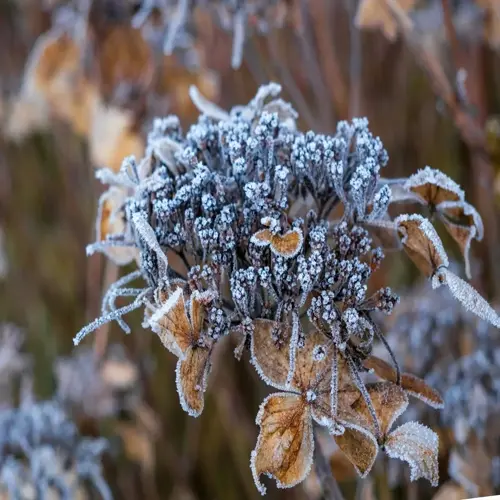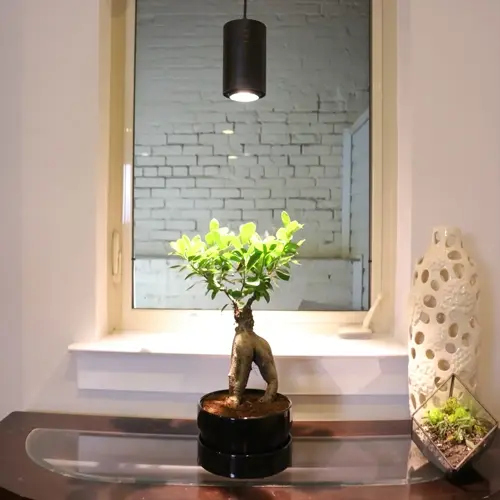Can regular LED bulbs help plants grow indoors?

Written by
Olivia Mitchell
Reviewed by
Prof. Samuel Fitzgerald, Ph.D.Many plant parents are wondering if regular LED bulbs can be used for indoor plants. The common household LEDs are very limited in spectrum (missing important wavelengths). To photosynthesize, plants need generally blue and red light in the PAR range for photosynthesis. If the wavelengths are not right, plants may have trouble synthesizing energy.
Spectral Deficiencies
- Lack 500-600nm green wavelengths for deep leaf penetration
- Insufficient 660nm red light for flowering and fruiting stages
- Missing far-red spectra affecting photoperiod responses
Intensity Limitations
- Produce under 50 μmol/m²/s PPFD at 12 inches distance
- Inadequate for plants needing 200+ μmol/m²/s intensity
- Cannot penetrate canopy layers effectively
Dedicated grow lights eliminate spectral limitations. Full-spectrum LEDs offer balanced wavelengths that closely resemble natural sunlight. Position lights 6-18 inches above the target, depending on the type of plant. Use PPFD meters to measure light intensity and coverage. This prevents your light-loving plants from becoming leggy.
As a temporary compromise, use typical LEDs with a natural light source. Place plants on the sill of east- and southeast-facing windows to catch the morning sun. Rotate plant materials every week to offset directional limitations. Use reflective surfaces to take the most advantage of the light you have. Pay attention to stress signs such as leaf yellowing.
Choose appropriate lighting for successful vegetation. Full-spectrum lighting supports growth stages from seedlings to flowers. Energy-efficient designs reduce long-term costs more than other types. Your plants will reward you with healthy growth when the conditions are properly set up.
Read the full article: Indoor Plant Lighting Essentials Explained

